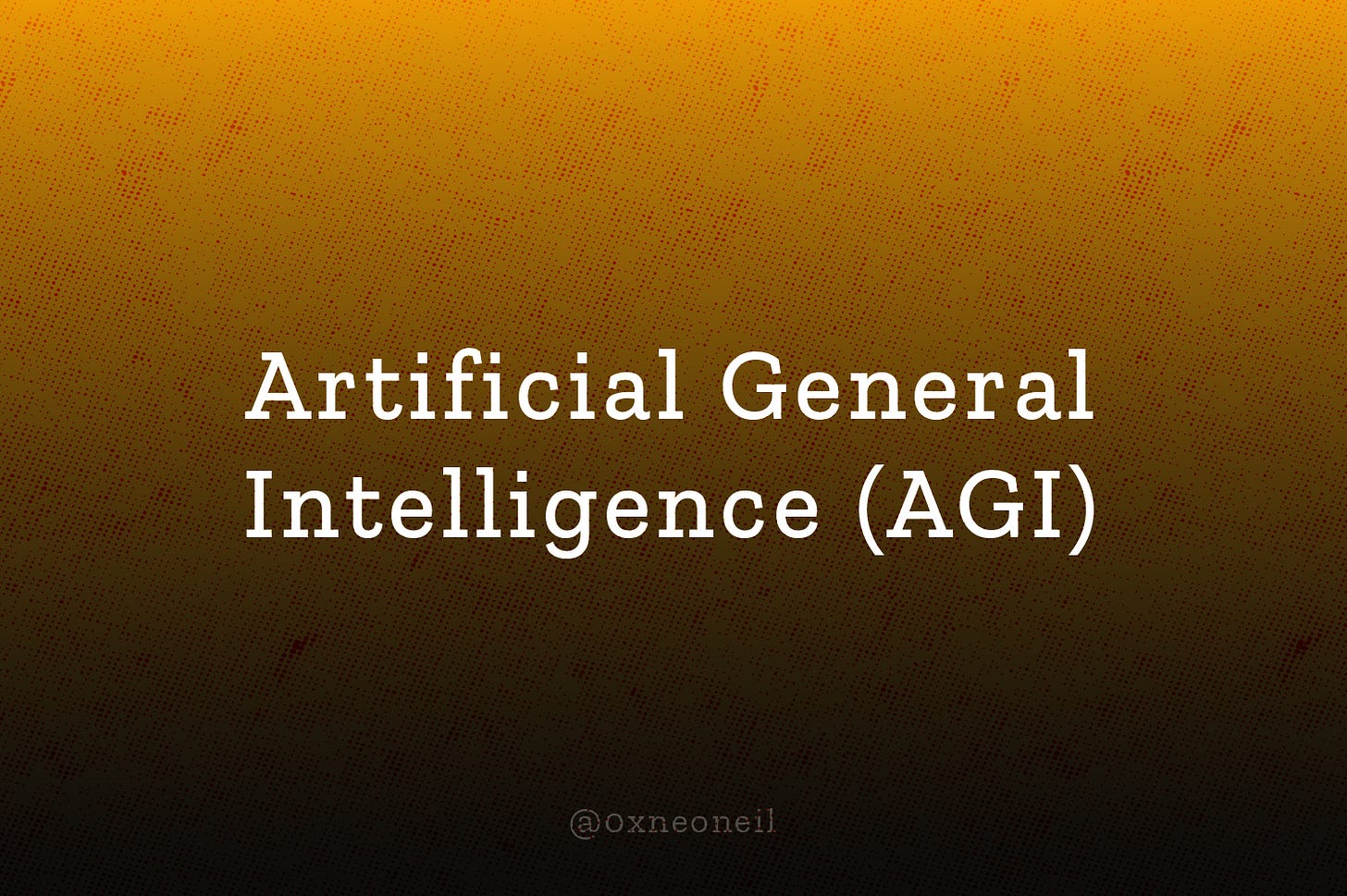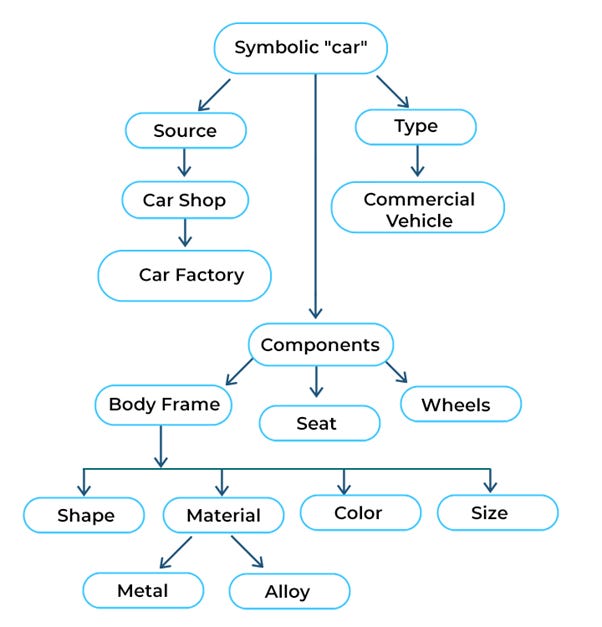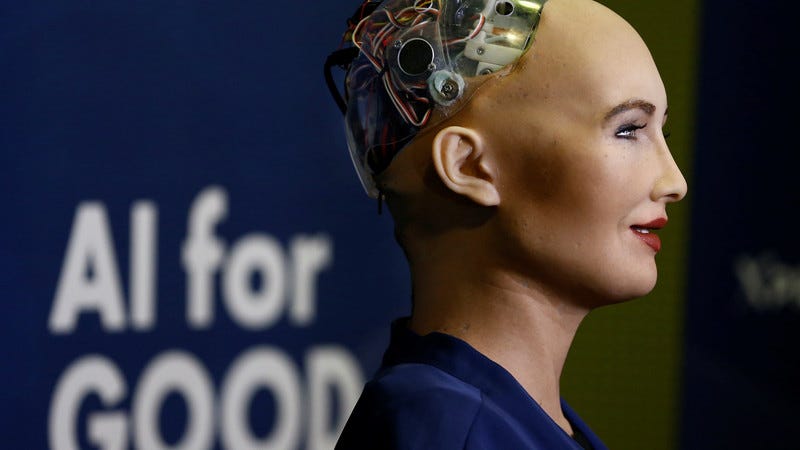Understanding Artificial General Intelligence
Artificial General Intelligence (AGI) is the intellectual capability of machines that enables them to understand, learn, and perform intellectual tasks similar to humans.
Hello everyone!
Artificial General Intelligence (AGI) is defined as machine intelligence that enables machines to understand, learn, and perform intellectual tasks similar to humans. AGI simulates the mind and behavior of humans to solve any complex problem. AGI sets a significant goal in the field of Artificial Intelligence (AI) because it is not limited to performing specific tasks but also suggests the potential for automating any intellectual task.
This article will explain the fundamental issues of AGI, the key challenges involved, and the leading trends in the progress of AGI.
Neo— Admin — Community Manager of Optimus Finance and Growth Marketing of LECLE Vietnam. Let's go!
1. What is Artificial General Intelligence (AGI)?
Artificial General Intelligence (AGI) is the intellectual capability of machines that enables them to understand, learn, and perform intellectual tasks similar to humans.
With AGI, machines can emulate the mind and behavior of humans to solve any complex problem. Designed with comprehensive knowledge and cognitive computing capabilities, the performance of these machines is indistinguishable from that of humans.
AGI (also referred to as strong AI or deep AI) is based on the theoretical framework of Artificial Intelligence (AI). Essentially, the theory of artificial intelligence operates at the level of mental problem-solving in machines by training them to learn human behavior and understand fundamental aspects of consciousness.
With such a powerful foundation in artificial intelligence, AGI can plan, learn cognitive abilities, make assessments, handle uncertain situations, and integrate previous knowledge into decisions or enhance accuracy. AGI enables machines to perform creative, imaginative, and innovative tasks.
Achieving such strong artificial intelligence poses significant challenges.
For instance, Fujitsu has built one of the fastest supercomputers named the K Computer. Despite breaking the 10 petaflops barrier, it took over 40 minutes to simulate 1 second of neural activity, blurring the vision of achieving strong AI. However, the future of AGI looks promising as this technology could be utilized to impact society by handling complex situations, such as an economic crisis.
Numerous methods have been experimented with to achieve human-like intelligence. Below are some core approaches to approaching AGI.
2. The fundamental approaches to achieving Artificial General Intelligence (AGI)
2.1. The symbolic representation method
The symbolic representation method refers to the use of logic networks (i.e., if-then statements) and symbols to learn and construct a comprehensive knowledge base. This knowledge base is further expanded by manipulating these symbols to represent fundamental aspects of the physical world. This method simulates higher levels of reasoning in the human cognitive process.
In theory, this method can perform high-level logic and reasoning, but in practice, it falls short in learning low-level tasks such as perception. A classic example of the symbolic representation method is the CYC project initiated by Douglas Lenat of Cycorp in the 1980s to advance work in the field of artificial intelligence. CYC has a vast knowledge base, a logical system, and a powerful representational language.
2.2. The connectionist method
The connectionist method is a symbolic approach that utilizes brain-like structures (such as neural networks) to generate artificial general intelligence.
This method expects the emergence of high-level intelligence from systems resembling low-level structures, such as neural networks, though this has not yet been fully realized. Deep learning systems and convolutional neural networks, exemplified by DeepMind's AlphaGo, are good examples of the connectionist approach.
2.3. Hybrid method
The hybrid method is a combination of symbolic representation and connectionist methods. Leading architectures in the AGI race often employ hybrid approaches, such as the CogPrime architecture. It embodies both symbolic and sub-symbolic knowledge through a unified knowledge base called AtomSpace. The famous social robot Sophia, created by Hanson Robotics and OpenCog with the support of CogPrime, is an example of a system utilizing the hybrid approach.
2.4. Whole-body architecture
Experts believe that a true AGI system should have a physical body and learn from physical interactions. Although no system like this currently exists, the closest example is Sophia - a humanoid robot that simulates human gestures and facial expressions, engaging in pre-defined conversational topics.
3. The main challenges in achieving Artificial General Intelligence (AGI)
Although AGI has not been realized yet, it represents a world of revolutionary possibilities in the field of Artificial Intelligence. Currently, General Artificial Intelligence faces significant obstacles and challenges that delay its progress.
Here are the main challenges in reaching the ultimate stage of AGI:
3.1. Issues in mastering human-level capabilities
To achieve true human-level intelligence, AGI needs to master several human-like capabilities, such as:
Sensorimotor Perception: While deep learning (DL) systems have shown great promise in computer vision, artificial intelligence systems still lack sensorimotor perception abilities similar to humans. For example, train deep learning systems may struggle with color recognition, as evident in the case of self-driving cars being easily fooled by small black pieces of tape or red decals on stop signs. A similar challenge exists in the recognition of sound; current AI systems cannot fully perceive and reproduce the nuanced auditory experiences of humans.
Manipulative Skills: Humans can effortlessly pick up objects from their pockets due to delicate manipulative skills. While recent developments, such as applying reinforcement learning to teach a robot hand to solve a Rubik's Cube, are noteworthy, they underscore challenges in programming robotic fingers on a single hand to manipulate small objects like keys.
Understanding Natural Language: Humans share knowledge through various mediums such as books, articles, blog posts, and videos. Current AI needs to consume vast amounts of information from all knowledge sources, a crucial task. If AI lacks common sense, it will struggle to understand situations and operate in the real world.
Problem-Solving: Consider a household robot recognizing that an LED light bulb is faulty and needs replacing or notifying someone. To perform this task, the robot needs constant vigilance, as discussed above, or the ability to simulate all variations and combine probabilities. Current AI systems lack both common-sense perception and simulation capabilities.
Creativity at a Human level: AI systems can enhance their intelligence if they understand the extensive source code humans write, identify new ways for improvement, and then rewrite the identified code. While machine learning (ML) based on artificial intelligence has demonstrated creative abilities, such as composing music and creating art, achieving human-level creativity demands further advancements in artificial intelligence.
Social Connection and Psychology: For robots to operate in the world and interact with humans, understanding human emotions through facial expressions and auditory nuances is inevitable. Considering the perception challenges discussed earlier, AI systems empathizing with an emotional connection seems like a distant reality in the current scenario.
3.2. Lack of operational protocols
Current Artificial Intelligence systems lack an operational protocol to facilitate collaboration among artificial intelligence or machine learning (ML) networks. This results in a significant technical deficiency when deploying a comprehensive AGI system. Consequently, systems are compelled to operate as independent models in a closed, isolated environment. Such operation is ill-suited for complex and socially oriented environments for AGI systems.
3.3. Communication barriers
Presently, artificial intelligence systems face a notable communication barrier. The disconnected communication between unrelated artificial intelligence systems hinders the seamless sharing of data. As a result, the collaborative learning process among machine learning (ML) models is impeded. The delay in interactive learning processes can impact the optimization of assigned tasks in Artificial Intelligence. Ultimately, this diminishes the overall prevalence of the artificial intelligence system.
3.4. Lack of business integration
For a sensible deployment of Artificial Intelligence, business managers need to approach it by setting objectives, defining key performance indicators (KPIs), and monitoring return on investment (ROI). Without this, evaluating outcomes by AI and comparing them to measure the success (or failure) of the AI investment can become challenging.
Integrating AI into existing systems is a complex process. Various parameters such as data infrastructure needs, data storage, data labeling, feeding data into the system, and other factors need to be considered. Currently, stakeholders seem to lack a comprehensive understanding of all these operational parameters of AI. This slows down the overall development process and achieving business goals.
3.5. Lack of direction
Businesses often struggle to have a clear understanding of the underlying artificial intelligence system, requiring them to hire a separate team of AI experts, which can be a costly endeavor.
Furthermore, businesses lack a specific plan and guidance based on artificial intelligence to execute their business operations. This makes implementing AI platforms expensive and complicated. These factors significantly contribute and play a crucial role as major barriers to realizing a fully potential artificial intelligence system.
4. Recent trends in Artificial General Intelligence (AGI)
Although AGI systems are not yet realized at the current moment, recent trends in the field of Artificial Intelligence have the potential to amplify the trajectory of AGI and significantly accelerate its development.
Here are the trends in Artificial Intelligence that can propel advancements in the field of AGI.
4.1. Developments in Natural language processing
Natural Language Processing (NLP) is an Artificial Intelligence technology capable of understanding human language and significantly reducing the need for interaction with a screen. Devices can convert human language into machine code, which is used to execute applications and programs.
Recently, OpenAI has released GPT-3, the most advanced NLP model to date. GPT-3 utilizes over 175 billion parameters for language processing. Furthermore, OpenAI is currently working on GPT-4, expected to handle approximately 100 trillion parameters for comprehensive language processing. With such advancements in Artificial Intelligence, the development of machines capable of interacting and communicating with humans in a nearly realistic manner is increasingly feasible.
4.2. Metaverse
Metaverse has experienced significant growth as companies and individuals explore simulation technologies for work and interaction in this virtual world. According to data from DappRadar in November 2021, users spent approximately $106 million on purchasing virtual assets within the metaverse, primarily focusing on virtual land, luxury yachts, and other assets.
Considering this trend, it is anticipated that Artificial Intelligence and Machine Learning (ML) will propel the development of the metaverse by creating a virtual world with AI virtual assistants, providing users with a sense of being at home.
4.3. Hyperautomation
Many industries leverage Artificial Intelligence and Machine Learning (ML) technologies to automate various processes, from Robotic Process Automation (RPA) to intelligent business process management. Hyperautomation adds another layer to advanced automation capabilities by extending automation capabilities across the organization.
4.4. Increasing management roles
Algorithmic bias may arise due to a lack of model management. It is expected that AI experts will pay more attention to ensure that AI/Machine Learning (ML) models do not develop biases or make poor decisions. In the future, this is likely to pave the way for the rise of roles such as Chief AI Officer, Chief Compliance Officer for AI, and similar positions. With the rapid advancement of AI/ML, such cases are expected to increase in the near future.
4.5. The rise of AI low-code or no-code
Currently, there is a high demand for highly skilled AI engineers. Organizations are constantly seeking engineers who can develop algorithms and AI tools to meet their business operations. AI low-code and no-code solutions can address this issue by providing a visual interface to create complex systems.
In general, low-code solutions provide drag-and-drop options, reducing the application development process. Furthermore, natural language processing (NLP) and language models can be utilized to provide voice-guided instructions for completing complex tasks.
4.6. Enhancing the workforce further
Concerns about AI replacing human jobs have existed for quite some time. In reality, organizations seem to be using AI/machine learning (ML) models to gather and analyze data, providing insights for business decisions. In such situations, businesses need both human employees and AI systems to work together.
Many departments, including sales, marketing, and customer service, have utilized AI/ML systems to support their operations. However, this does not diminish the underlying dependence on humans. In fact, it only enhances the efficiency of these departments. Such a trend is expected to continue increasing from here.
4.7. AI Conversational Chatbots
AI chatbots are virtual assistants created by Artificial Intelligence. They engage in natural language conversations and perform certain rule-based activities, such as answering questions or resetting passwords. These chatbots have replaced customer support staff, significantly reducing operational costs for businesses. With the development of Natural Language Processing (NLP), AI chatbots in the future may revolutionize the field of AGI.
4.8. Greater focus on AI Ethics
The applications of Artificial Intelligence have significantly increased across various industries in recent years. While there are benefits from AI technologies, the inherent risks cannot be overlooked. Therefore, there will be an increased focus on AI ethics in the coming years, as everything could take a turn for the worse if such technologies are not used for good purposes.
4.9. AI-Driven recruitment process
Currently, companies are utilizing more AI/Machine Learning (ML) systems as the virtual world replaces the real world. Furthermore, with the advancements in language model techniques and the increasing sophistication of AI chatbots, it is anticipated that recruiters will leverage powerful AI tools to manage the recruitment process.
4.10. Quantum Artificial Intelligence
Despite significant advances in the field of Artificial Intelligence in recent years, Quantum Artificial Intelligence has the potential to push the boundaries even further. Quantum computations can accelerate machine learning (ML) algorithms and achieve results in a shorter time frame.
Quantum Artificial Intelligence has the potential to address the challenges of AGI as it can help build a robust knowledge base by analyzing large volumes of data present in books, articles, blog posts, and similar sources in a short amount of time.
5. Closing thoughts
The current period will be crucial for the development of AGI systems. Experts believe there is a 25% chance of achieving human-level Artificial General Intelligence by 2030.
Furthermore, the reinforcement of robotic processes and machine algorithms, combined with the recent data explosion and advancements in computing, will create a fertile environment for the rise of human-level AGI platforms. It's only a matter of time for AGI systems to become prevalent in this high-tech world.
What about your thoughts? If you want to know further about it, don’t hesitate to share it with us! 😀
This post is for educational purposes only. All materials I used were the different reference sources. Hope you like and follow us and feel free to reach out to us if there is an exchange of information. Cheers! 🍻
#AGI #ArtificialGeneralIntelligence













